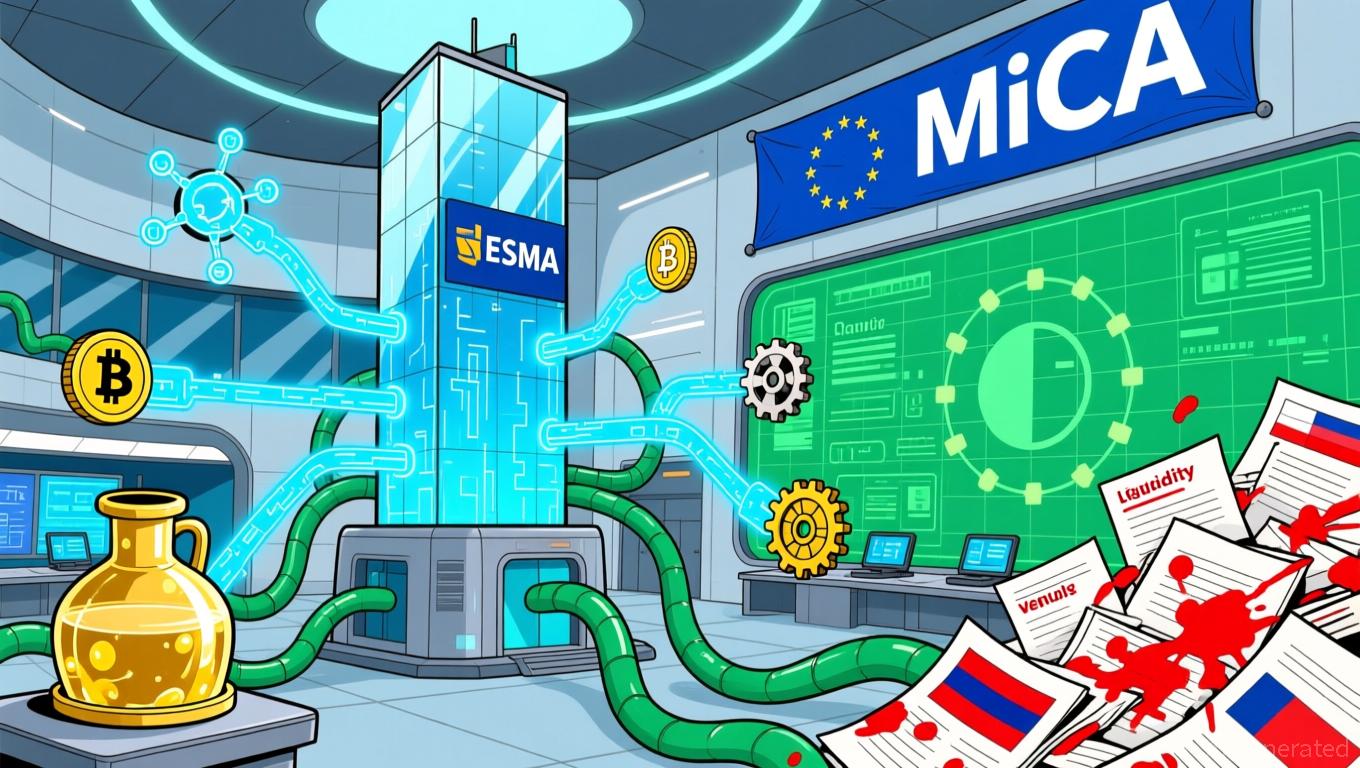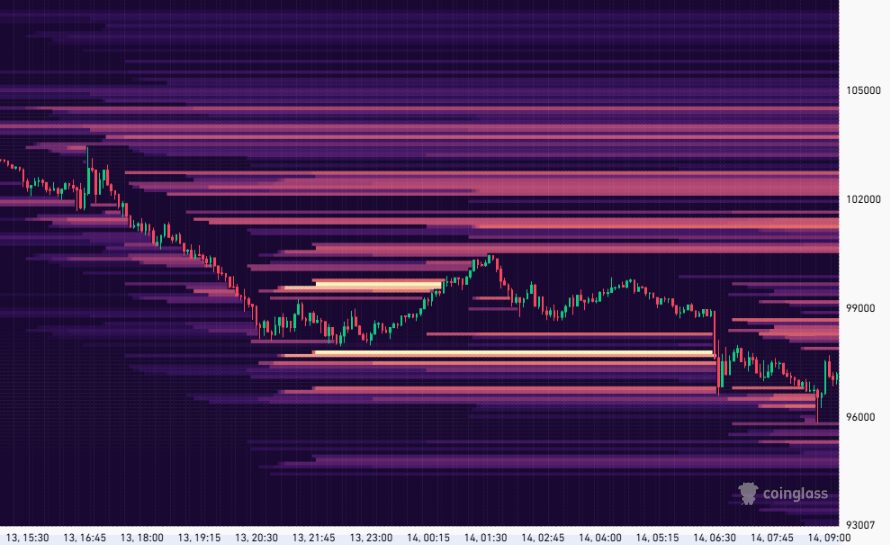Fed Faces Dilemma: Balancing Inflation Management and a Slowing Labor Market in December Choice
- The U.S. Federal Reserve is likely to cut rates by 25 basis points in December, marking the third consecutive reduction to a 3.50%-3.75% range. - Internal FOMC divisions and government shutdown-related data gaps complicate the decision, with labor market softness and persistent inflation above 2% key concerns. - Market expectations for a December cut have dropped to 63% as investors weigh labor resilience against inflation risks from tariffs and supply disruptions. - Divergent FOMC views persist, with so
According to a Reuters survey of 84 out of 105 economists, the U.S. Federal Reserve is expected to lower interest rates by 25 basis points in December, a slight increase in consensus compared to last month
The outcome will largely depend on labor market conditions, which have recently shown some weakness. Private data, such as ADP’s latest figures indicating an average of 11,250 jobs lost weekly in late October, have heightened worries about a softening job market
Investor confidence in a December rate cut has declined somewhat, with the likelihood now at 63%, down from 92% a month earlier
The future direction is still unclear. Nearly half of the economists polled anticipate the federal funds rate will fall to between 3.25% and 3.50% by the next quarter, but there is no agreement on where rates will stand by the end of 2026
As the December meeting draws near, investors will be watching closely to see if Powell can bring unity to the FOMC amid differing opinions. Any delays in resolving the government shutdown or unexpected jumps in inflation could further complicate the outlook, but for now, a December rate cut appears to be the most probable outcome
Disclaimer: The content of this article solely reflects the author's opinion and does not represent the platform in any capacity. This article is not intended to serve as a reference for making investment decisions.
You may also like
XRP Latest Updates: Launch of XRP ETF Sparks $5 Price Prediction Despite Conflicting Market Indicators
- Binance's influence and Canary Capital's first U.S. XRP ETF drive $5 price forecasts amid rising retail demand and $4.11B open interest. - XRP's unique cross-border payment utility contrasts with subdued institutional demand, despite $138M ETF inflows post-October deleveraging. - SEC's 2023 ruling enabled XRP ETFs, with Canary's product showing $36M debut volume and addressing custody concerns per regulatory guidelines. - Technical indicators show mixed signals: RSI at 48 suggests waning momentum, while

Aave News Today: EU’s Crypto Reform Ignites Discussion: Balancing Innovation and Stability Under Centralized Regulation
- EU's ESMA gains direct regulatory authority over crypto firms under MiCA, aiming to unify fragmented national rules and address cross-border liquidity risks. - MiCA bans EU crypto firms from co-locating order books with non-EU platforms to prevent regulatory arbitrage and ensure fair market conditions. - France, Austria, and Italy push for standardized licensing, while member states resist centralized oversight despite compliance milestones like Aave Labs' MiCA approval. - Centralized supervision faces c

Risks and Potential Rewards in New Cryptocurrency Token Investments: Insights Gained from the KITE Token Rally
- KuCoin’s KITE token launch in November 2025 generated $263M trading volume and $883M FDV, highlighting crypto’s volatility and AI-driven innovation risks. - Retail investors fueled by FOMO and staking incentives drove KITE’s price swings, exposing psychological biases like panic selling and overconfidence. - Technical tools (e.g., Uniswap’s CCA) and diversification strategies aim to mitigate risks, but emotional decision-making remains a critical challenge in speculative markets. - Experts advocate combi

Bitcoin Crashes Below $97K: Retail Out, Smart Money In
